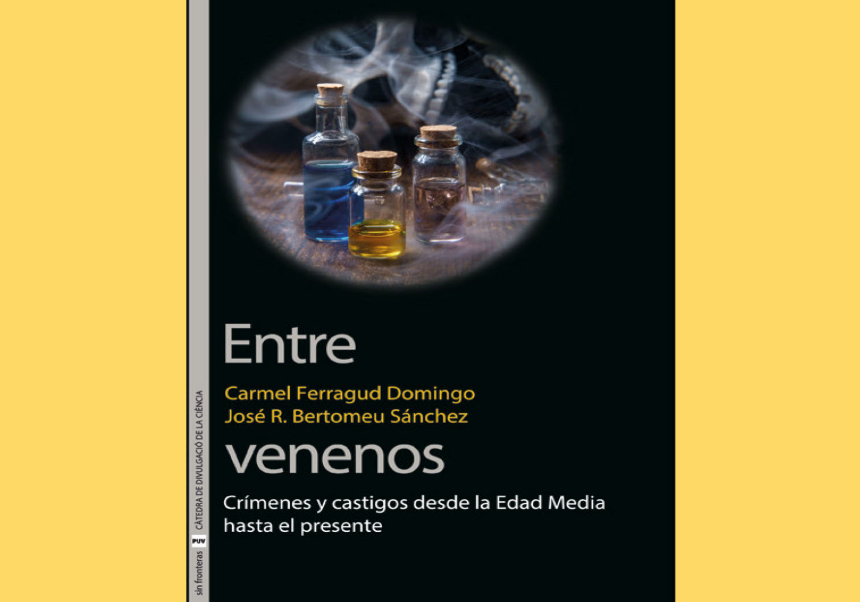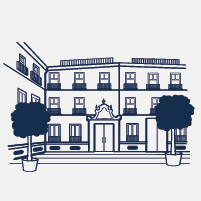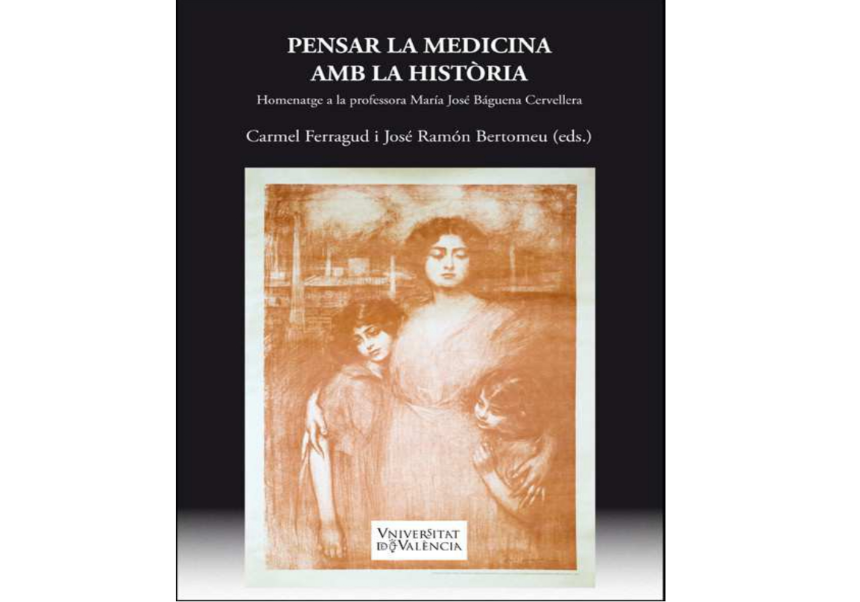
24/10/23
Publication of the popular science book: "Entre venenos: crímenes y castigos desde la Edad Media hasta el presente" (Among poisons: crimes and punishments from the Middle Ages to the present).
The Publications Service of the Universitat de València and the publishing house Bromera have just published in spanish and valencian version respectively the book Entre venenos: crímenes y castigos desde la edad mediana hasta el presente / Entre verins: crims i càstigs des de l'edat mitjana fins el present, by Carmel Ferragud and José Ramón Bertomeu, both professors at the Universitat de València and researchers at the Institut Interuniversitari López Piñero. This work was a finalist in the XXVIII European Prize for Scientific Dissemination "Estudi General", which is held annually in the city of Alzira, as part of the literary prizes organized and awarded in conjunction with the publishing house Bromera.
Through the consultation of abundant printed and manuscript sources, many of which are unpublished, six tragic cases of poisoning that occurred between the Middle Ages and the twentieth century are thoroughly reconstructed to help us understand the changes in the social, cultural, political, economic and scientific aspects of the universe of poisons. This combination of the microhistorical scale with the long term and the comparative study allows us to question the most common clichés about poisons today, such as the archetype of women poisoners or the value attributed to scientific and medical evidence in trials. These cases show the plurality of ways of approaching poisonings, both because of the diverse conceptions about the substances, the variety of experts involved in their investigation and the heterogeneous set of methods for detecting poisons available at each moment, each with different evidentiary power in the corresponding legal contexts. Thus, through toxic products and associated violence, the intricate relationships between science, medicine and justice are explored.
The book is written in a style that maintains the characteristic mystery of poisoning crimes and can be read as a crime novel with surprising characters, terrifying episodes and judicial investigations with varying degrees of uncertainty.
More information:
https://puv.uv.es/entre-venenos.html?___store=valencia&___from_store=espanyol

29/09/23
Library closed on the afternoons of October 10 and 11
The Researchers' Room of the Biblioteca Historicomèdica will be closed on the afternoons of October 10 and 11.
The Study Room will maintain its usual opening hours.
We apologize for any inconvenience.

29/09/23
Biblioteca tancada les vesprades del 10 i 11 d'octubre
La Sala d'Investigadors de la Biblioteca Historicomèdica romandrà tancada les vesprades dels propers 10 i 11 d'octubre.
La Sala d'Estudi mantindrà el seu horari habitual.
Disculpeu les molèsties.

06/09/23
The UV Publications Service has just published the book Pensar la medicina con la historia. Homenaje a la professor María José Báguena Cervellera, edited by Carmel Ferragud and José Ramón Bertomeu.
Sixteen researchers, many of them members of the López Piñero Interuniversity Institute, have collaborated in this volume that pays tribute to Professor María José Báguena, who was a member of the Institute since its foundation, as well as a lecturer in the Department of History of Science and Documentation for many years. The book reflects the changes that the history of medicine has undergone during the last decades. The topics, characters and spaces have been expanded. New sources have been introduced, the number of professionals has increased and the educational itineraries have also broadened, both from the area of biomedicine and from history, anthropology or sociology. Finally, and partly as a result of these changes, new readerships have emerged, from health personnel and medical students to patient associations, activist groups and the general public.
Professor María José Báguena Cervellera (1956-2021) has been a prominent witness and protagonist of all these changes throughout more than forty years of full dedication to the history of medicine. His works have revolved around topics such as the history of diseases, epidemics, vaccines, hygiene or Valencian medicine, among many others. These issues can be traced in the chapters of this collective book, which is the continuation of a long dialogue between the authors and Professor Báguena.
The book thus offers an overview of the new trends in the history of medicine, which María José Báguena contributed to promoting with a large number of academic publications, supervised theses and multiple teaching and dissemination activities. The authors of these chapters show our recognition and appreciation to our late colleague through small samples of our most recent research. The chapters dialogue with the Valencian historic-medical tradition that Professor Báguena cultivated with the double perspective coming from her intimate knowledge of traditional techniques and the creative assimilation of new historiographic currents. In addition to a small posthumous tribute, this book is also an introduction to the diverse ways of thinking and writing the history of medicine during the first decades of the 21st century.
More details: <https://puv.uv.es/pensar-la-medicina-amb-la-historia.html>

27/07/23
August timetable
• Researchers room and staffed services (loan, consultation, etc.):
From August 1 to 4 and from August 28 to 31:
8:30 am to 2:30 pm.
July 31 and September 1 the room will remain closed in the afternooon.
• Study room:
From August 1 to 4 and from August 28 to 31:
8:00 am to 8:00 pm.
You can also see the summer timetable at the rest of libraries.

27/07/23
NEW ENTRY TO "SABERES EN ACCIÓN " (KNOWLEDGE IN ACTION): "La triaca, la reina de las medicinas" (Theriac, queen of medicines) by Carmel Ferragud (IILP-UV)
Second part of "saberes en acción" (knowledge in action): https://sabersenaccio.iec.cat/.
Category "The drug in medical galenism".
The most popular medicinal remedy in the history of the West, before the pharmaceutical industry.
Triaca has undoubtedly been the most popular and longest used medicine in the history of the West, from the 1st century to the beginning of the 20th century. Although in Hellenistic times there were numerous compounds called "triacca", antidotes that were effective against the bites and stings of various animals, the creation of the "great triacca" is attributed to Andromachus, physician to the Emperor Nero (54-68). This was composed from the previous known ingredients, about eighty, and the addition of viper meat, original contribution of the imperial doctor, prepared in the form of trociscos.
Galè de Pèrgam (129-207), a key reference in Western medicine, was a great enthusiast of the triaca, to which he dedicated two treatises. These texts were transmitted to the Byzantine, Syriac and Arabic world through various translations, most of which have been lost. Undoubtedly, we owe to the latter Arab tradition its richest, most varied and complex contribution, since they added theoretical reflection and their experience to provide new recipes according to the benefits and risks of their occasional or regular use, the ingredients to be used or the principles underlying their efficacy. For the Islamic world, triaca became an inaccessible and expensive panacea, since many of its ingredients had to come from far away; it was rather consumed by kings, as it had been by emperors in Antiquity. We have no news of triaca during the High Middle Ages in the Latin West and it will be necessary to wait until the 11th century for it to occupy a relevant place in the therapeutic arsenal and the theoretical reflection of physicians. Thanks to translations from Arabic into Latin and the intensification of trade of the Italian republics with the East, access to the remedy will be possible.
To continue reading:https://sabersenaccio.iec.cat/la-triaga-la-reina-de-les-medicines/





























